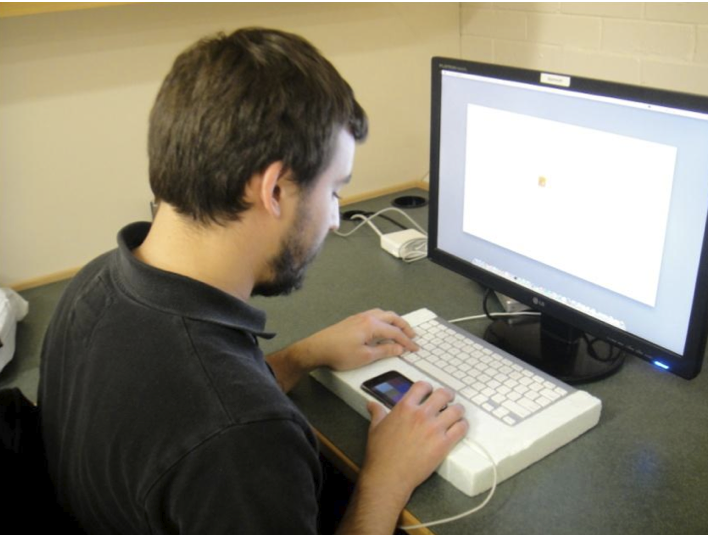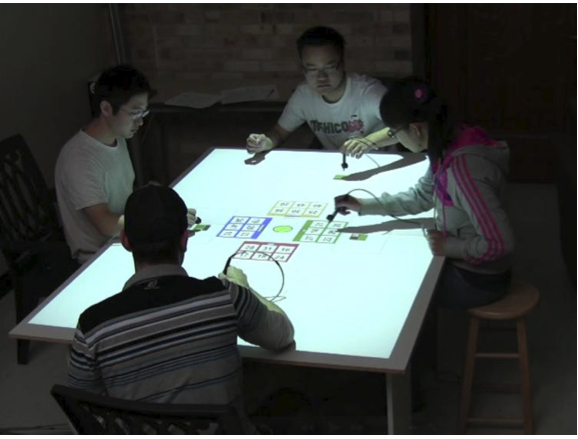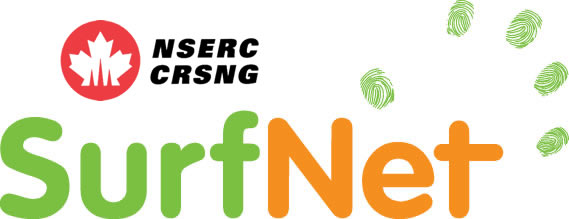The Effects Of Tool Container Location On User Performance
Description
A common way of organizing common Windows, Icons, Menus, and Pointers (WIMP) interfaces is to group tools into tool containers, providing one visual representation. Common tool containers include toolbars and menus, as well as complex tool containers, like Microsoft Office’s Ribbon, Toolglasses, and marking menus. The location of tool containers has been studied extensively in the past using Fitts’s Law, which governs selection time; however, selection time is only one aspect of user performance. In this project, we show that tool container location affects other aspects of user performance, specifically attention and awareness. The problem investigated is that designers lack an understanding of the effects of tool container location on two important user performance factors: attention and group awareness. Our solution is to provide an initial understanding of the effects of tool container location on these factors. In solving this problem, we developed a taxonomy of tool container location, and carried out two research studies. The two research studies investigate tool container location in two contexts: single-user performance with desktop interfaces, and group performance in tabletop interfaces. Through the two studies, we showed that tool container location does affect attention and group awareness, and provided new recommendations for interface designers.
Images and Video

Visual Trackpad

Game for location study
Publications:
- Doucette, A., Gutwin, C., Mandryk, R.L. 2010. A Comparison of Techniques for In-place Toolbars, Proceedings of Graphics Interface 2010, Ottawa, Ontario, Canada. 35-38.
- Doucette, A. 2010. The effects of tool container location on user performance in graphical user interface. M.Sc. Thesis, Saskatoon, Saskatchewan, Canada. University of Saskatchewan.
Partners
CFI – NSERC – SurfNet
 |
 |
 |



